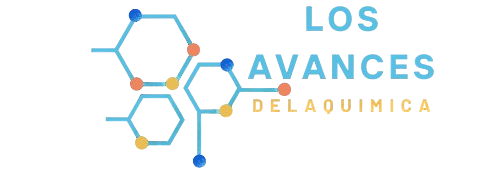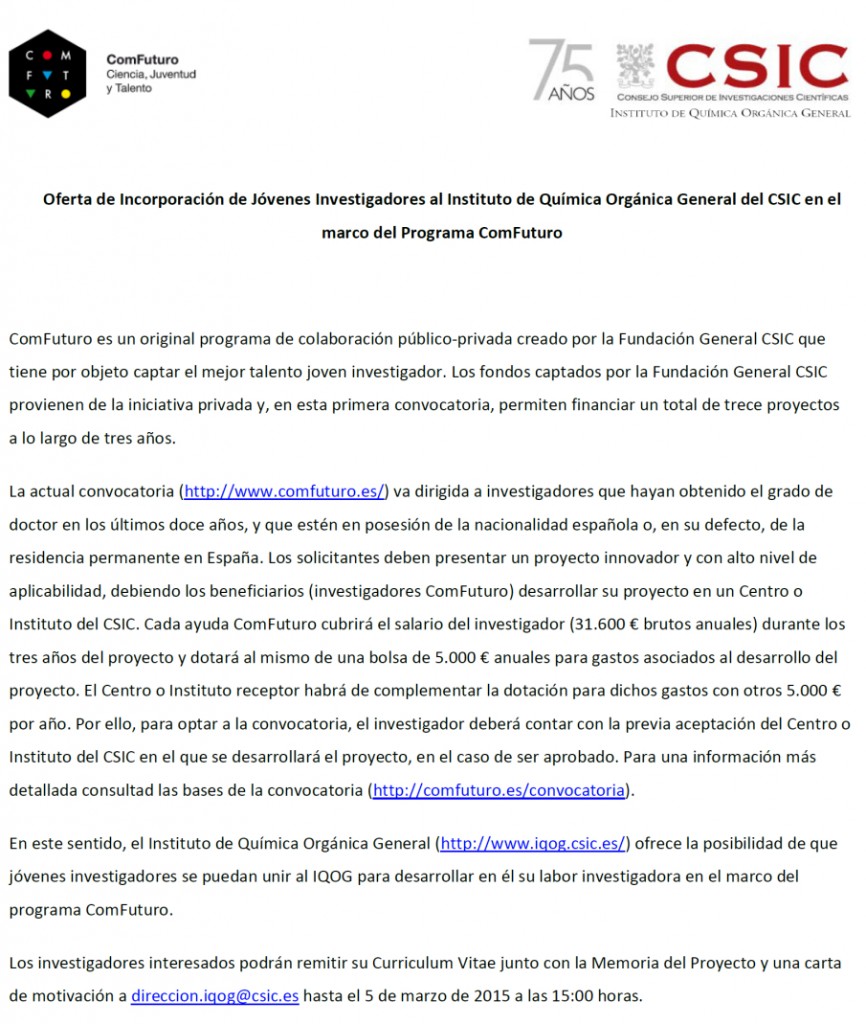1) A Universal Scale of Aromaticity for π-Organic Compounds. M. Alonso, B. Herradón. J. Comp. Chem. 2010, 31, 917-928.
Aromaticity is an essential concept in chemistry, invented to account for the stability, reactivity, molecular structure, and properties of many organic and inorganic compounds. In recent years, numerous methods to quantify aromaticity based on the energetic, magnetic, structural, and electronic properties of molecules have been proposed but none of them is universal. The inability of establishing a universal scale of aromaticity based on a single parameter is due to the multidimensional character of this phenomenon. Consequently, aromaticity analyses should be carried out by employing a set of aromaticity descriptors on the basis of different physical manifestations of aromaticity. Here, we report a universal scale of aromaticity for π-organic compounds based on the Euclidean distance between neurons in a self-organizing map. The most widely used aromaticity indicators have been used as molecular descriptors, and so our approach provides the first scale of aromaticity which contains the energetic, magnetic, and structural aspects of this property. The method is applicable to a wide variety of unsaturated organic compounds and allows quantification of both aromaticity and antiaromaticity. Additionally, the position of a compound on the bidimensional map determinates immediately the following: (a) the group (aromatic, nonaromatic, or antiaromatic) to which the system belongs, (b) their degree of π-electronic delocalization, and (c) the similarity in aromaticity/antiaromaticity between different compounds. This new scale of aromaticity is able to indicate the expected order of aromaticity of analogues of fulvene and heptafulvene, heteroaromatic species, substituted benzenes, and functionalized cyclopentadienyl compounds.

Continuar leyendo →




